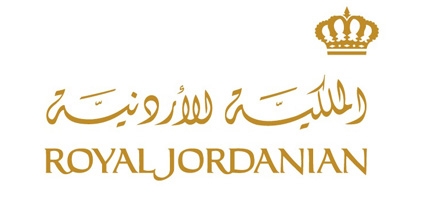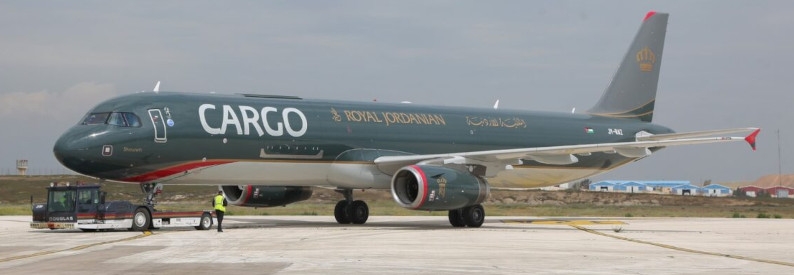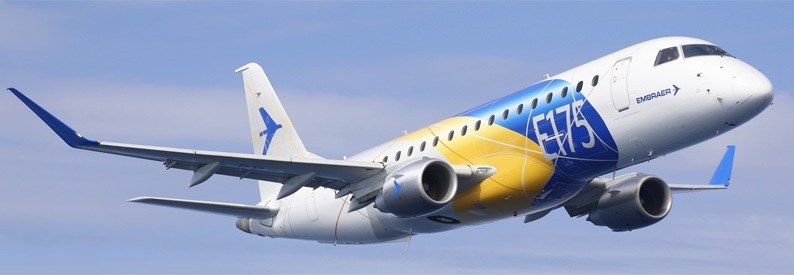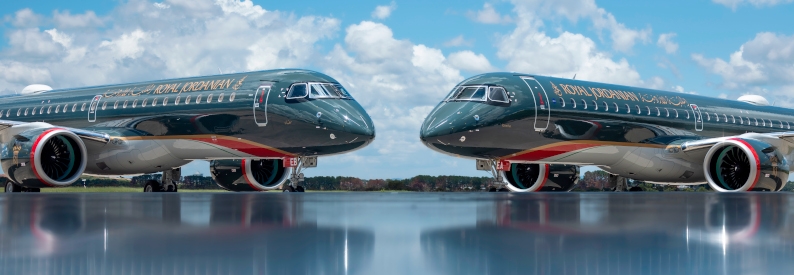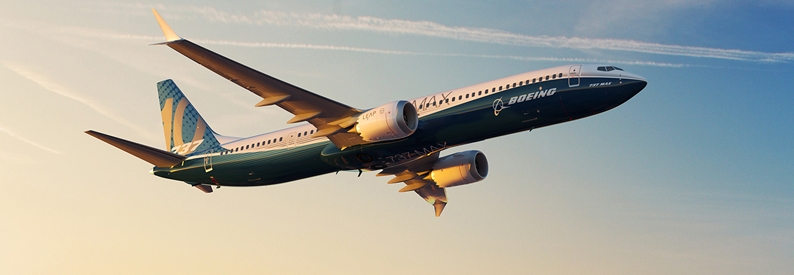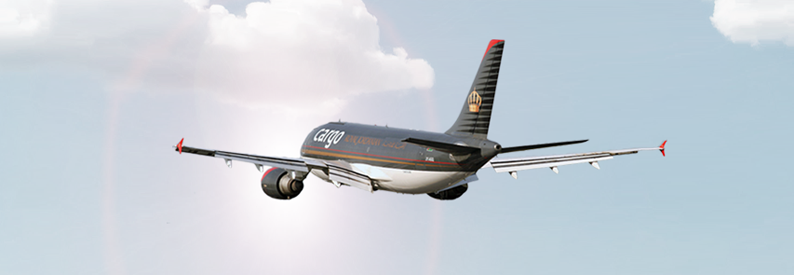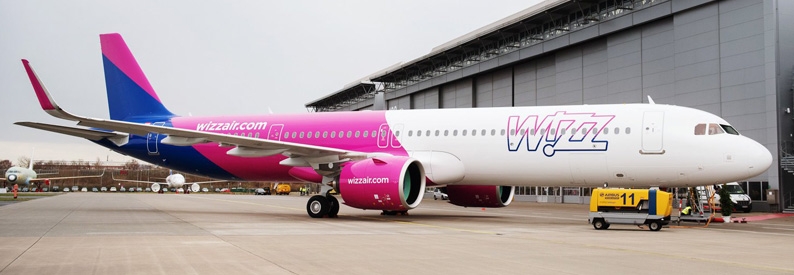Travel demand at Jordan’s Amman Queen Alia Airport has remained low since it reopened to international commercial traffic earlier this month, says the Airport International Group (AIG).
AIG, a consortium of local and international partners that manages the airport on behalf of the Kingdom, said in a statement that passenger numbers were 95.29% lower during the first two weeks of resuming regular flights on September 8, 2020, compared with the same period in 2019. Aircraft movements decreased by 92.51% during the same period of comparison, AIG said. During the same period in 2019, a total of 365,451 passengers had travelled through QAIA, while the airport had registered 3,243 aircraft movements.
Nevertheless, QAIA welcomed a total of 17,199 passengers on 123 international commercial passenger aircraft movements (ACM) arriving from 22 destinations, while 120 international commercial flights had departed to 23 destinations.
AIG said 22 airlines had recommenced flights at QAIA, including Royal Jordanian, Jordan Aviation, Emirates, Turkish Airlines, Qatar Airways, Fly Jordan, flydubai, Etihad Airways, Kuwait Airways, Air Cairo, Air Arabia, FlyEgypt, Yemenia, Austrian Airlines, Syrianair, Pegasus Airlines, flynas, Jazeera Airways, Iraqi Airways, Ryanair, EgyptAir, and Arab Wings.
Royal Jordanian Airlines in September resumed flights to London Heathrow, Istanbul Airport, Dubai International, Abu Dhabi International, Kuwait, Doha Hamad International, Montréal Trudeau, Chicago O'Hare, and New York JFK, according to its social media posts.
Commercial flight operations to Jordan resumed in accordance with three classifications regulating arrivals to the kingdom. Speaking at a local media briefing, Jordan’s Transport Minister Khaled Saif said source countries had been classified according to their perceived COVID-19 risk profile.
Low-risk countries or “green zones” included Canada, Cyprus, Czechia, Denmark, Greece, Hong Kong, Hungary, Lithuania, Malaysia, Morocco, Poland, Switzerland, Thailand, Turkey, and Tunisia. Medium-risk or “yellow zones” included Algeria, Austria, Germany, Italy, Malta, the Netherlands, and the UAE. High-risk or red listed countries included Bahrain, Belgium, France, Iraq, Kuwait, Lebanon, Libya, Oman, Qatar, Romania, Russia, Saudi Arabia, Spain, the UK, Ukraine, the US, Egypt, Sudan, and Yemen, reported Jordan News Agency, Petra. Health requirements varied according to risk profile. They ranged from 14-day stays in the country of departure and presentation of negative COVID-19 tests conducted within 72 hours prior to departure for low-risk profiles, to second and third tests upon arrival and seven-day institutional quarantine for arrivals from high-risk countries.
